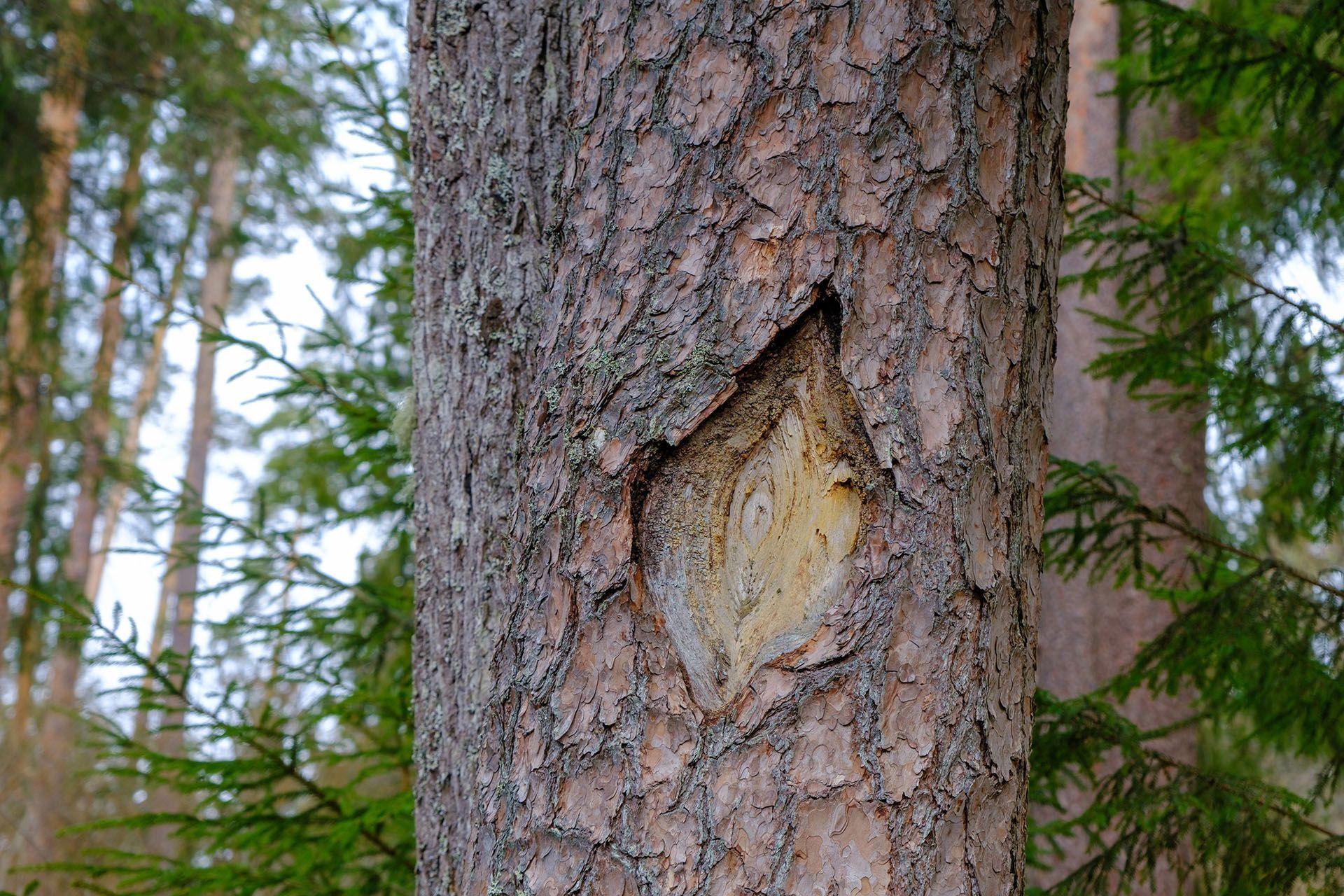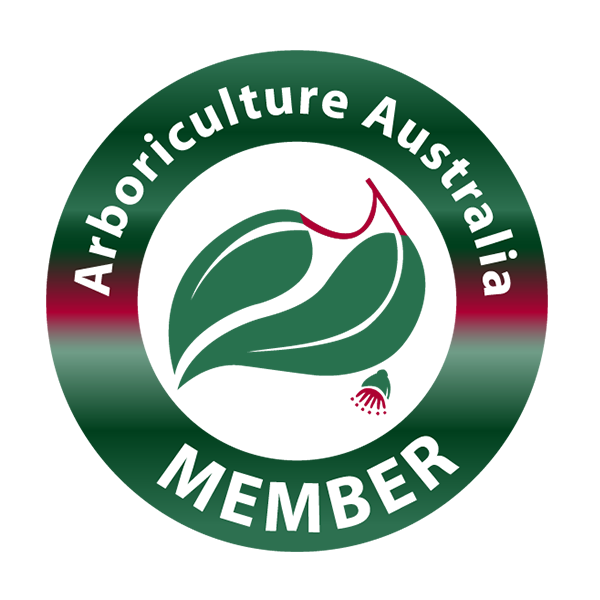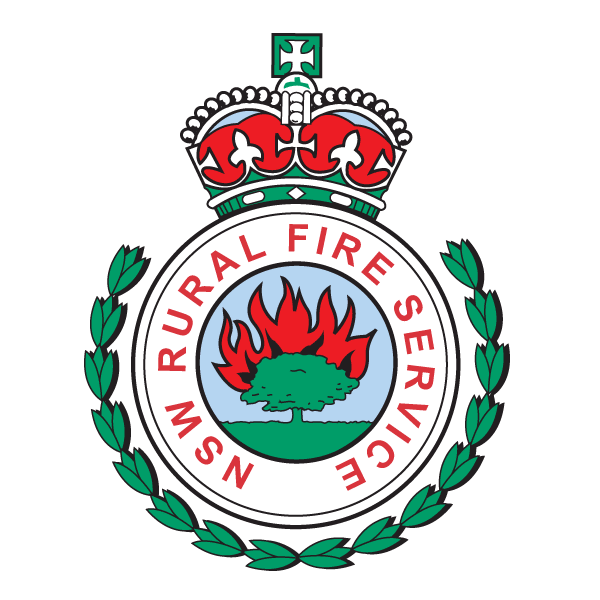How Can I Tell If a Tree Is Dead? A Practical Guide for NSW Property Owners
Noticed a tree in your yard that’s looking a little off? Maybe the leaves are gone, the bark’s peeling, or it’s just not bouncing back like it used to? Is it still alive? Can it be saved? Or is it time to take action?
If you’ve been staring at a tree in your backyard wondering whether it’s gone past the point of no return, this guide is for you. Whether you're in the Sutherland Shire, Greater Sydney or anywhere else in NSW, recognising the signs of a dead or dying tree is part of protecting your surroundings.
Let’s take a closer look.
First Things First: What Does a Dead Tree Actually Look Like?
A dead and dormant tree isn’t always easy to spot. It won’t always collapse straight away. It might even stand tall for months or years. But just because it's still standing doesn't mean it's healthy. Here are the major signs to check for.
1. No Leaves During the Growing Season

In Australia, especially in coastal NSW, most native trees are evergreen. This means they hold their leaves all year round. So, if your gum tree, lilly pilly or bottlebrush looks bare during spring or summer, something is wrong.
For deciduous trees like jacarandas or liquidambars, they should come back to life by late September or October. If they don’t, it might be more than just stress. It could be a sign the tree has died.
2. Brittle or Falling Bark
A healthy tree usually sheds bark in patches. But when a tree is in decline, you’ll often see peeling bark falling away in large strips. Cracks, gaps or hollow areas may also appear in the trunk. Peeling bark that reveals dry, brown wood underneath is another sign of trouble. Try scratching the surface with your fingernail or a coin. If it comes away easily and there’s no green tissue beneath, the tree may be dead.
3. No Buds or New Growth
Come spring, most trees should show signs of new life. Look closely at the ends of branches. If there’s no sign of new buds, shoots or leaves, the tree might not be alive anymore.
4. Mushroom Growth at the Base
Fungi at the base of the trunk, especially large mushroom clusters, often means there’s rot inside. Trees that are rotting from within can still look stable on the outside. But internally, they’re compromised. That makes them dangerous.
5. Cracks, Cavities or Splits in the Trunk
This one’s a serious red flag. If the main trunk has deep splits or holes, it may be structurally unsound. These features often indicate decay or old storm damage that never healed.
Still Unsure? Try the Scratch Test

Here’s a simple test. To check if your tree is dead or still alive, scratch a small patch of bark on the trunk or a large branch using your fingernail or a knife.
- Green and moist underneath? The tree is alive.
- Brown, dry or brittle? That part may be dead.
You’re looking for visible signs of life — something green underneath the surface.
Test a few spots. Some dead branches might be gone, but the rest of the tree could still be hanging on. In some cases, this could simply be a sign of the tree dying, not completely dead yet. If the trunk shows no green tissue, it’s likely the tree has died. Keep the scratches small — no need to remove large patches.
Can You Bring a Dead Tree Back to Life?
If a tree is dead completely, the answer is no. Once the cambium layer (just under the bark) stops functioning, it cannot recover. Water can’t flow. Nutrients can’t move. The tree simply cannot survive.
However, if parts of the tree are still alive — for example, the tree's roots or lower limbs — there might be a chance to bring it back to health. But it depends on a few things.
You Might Be Able to Revive It If:
- The damage is caused by pests and they can be treated.
- It’s suffering from temporary drought stress.
- It’s struggling with soil compaction or poor nutrition.
- Only parts of the crown are affected, not the whole tree.
In these cases, an arborist might recommend pruning, mulching, watering, or treating the soil. But don’t attempt this without professional advice. Even a tree that looks salvageable might eventually die if the right steps aren’t taken early. Reviving a tree isn’t just about watering it more. It needs a full assessment.
What Happens If You Don’t Remove a Dead Tree?
Leaving a dead or dying tree on your property creates a ticking time bomb that could fall, snap, or splinter without notice. It might seem stable. But weather, time and decay can change that very quickly.
1. Falling Limbs or Total Collapse

In coastal areas like the Sutherland Shire, strong winds and storms are common. A dead tree is more likely to drop limbs or fall over completely. This can damage fences, cars, roofs or nearby powerlines. And if someone’s nearby, it can cause serious injury.
2. Legal Liability
If your dead tree falls and causes damage — to a neighbour’s home, driveway or property — you could be liable. Councils might even issue fines if the tree is deemed dangerous and nothing is done about it.
3. Pests and Infestations
Dead trees attract insects. Termites. Borers. Ants. Even possums. These pests won’t always stay in the tree either. They can move on to your home or garden.
4. Lower Property Value
An unkempt yard can affect how people see your property. Buyers might assume there are other problems too. Removing dead trees helps keep your space clean, tidy and valuable.
Can You Remove a Dead Tree Yourself?
Possibly — but only if the tree is dead, dying or diseased, and even then, it’s not something we recommend doing on your own.
Tree removal can be unpredictable. Even small or seemingly stable trees can fall the wrong way. Especially if they're close to homes, fences, power lines or footpaths. Without the right training, tools or experience, it becomes a serious safety risk.
In the Sutherland Shire and across most parts of Sydney, tree removal is regulated. You’ll likely need council approval before any work begins, particularly if the tree is native or part of a protected species.
Before making any decisions, it’s best to check first. You can download the application form directly from our website here:
Once your removal has been approved by the council, we can help with the next steps — safely, professionally and without the guesswork.
And if your tree doesn’t require a permit or council approval? We can still take care of it. From the assessment through to clean-up, our team is ready to help.
Local Tip: When to Remove a Tree in the Sutherland Shire
The best time to remove or prune trees in the Shire is between late autumn and early spring. Why?
- There's less leaf growth, making the structure easier to assess.
- Wildlife is less active.
- It’s easier to work without extreme summer heat.
If your tree is clearly dead though, don’t wait for the right season. The longer it stays up, the higher the risk.
What Should You Do Now?

If you’re still unsure, get it checked by an expert. A qualified Sutherland Shire arborist can tell if a tree is truly dead, or simply struggling with stress or tree diseases. They can also advise on pruning, treatment, or safe removal if needed — especially when dealing with a dying tree that hasn’t yet fully declined.
Don’t rely on a guess. And don’t wait for it to fall over. Whether you’re a homeowner, a property manager or a business owner, it’s better to deal with a dead tree early.
Need Help in the Sutherland Shire?
At Bob & Ben The Tree Men, we offer a comprehensive range of tree care services across the Sutherland region and Greater Sydney. Whether the tree’s dead, damaged, or dropping limbs, we’ll inspect it thoroughly. From pruning a few branches to removing the entire tree — including complete stump removal — our trained arborists have the skills, equipment, and safety-first approach to get the job done properly. We'll assess your tree and provide a clear path moving forward.
Final Thoughts
A dead tree might not always look dangerous. But leave it too long, and the consequences can be serious. Damage. Injury. Liability. And unwanted pests.
The sooner you act, the better. Don’t just look at the surface. Dig a little deeper. Check for signs if the tree is dead. Do a scratch test. Examine the tree trunk. And get professional help if needed.
Your home, your garden and your peace of mind are worth it.

Over 25 years ago, Bob and Ben planted the seeds of what would become one of the most popular and trusted tree service businesses in the Sutherland Shire.
Get your FREE tree lopping quote today!
Let Bob and Ben The Tree Men get to the root of all your tree problems. Contact us today to receive your personalised quote.





